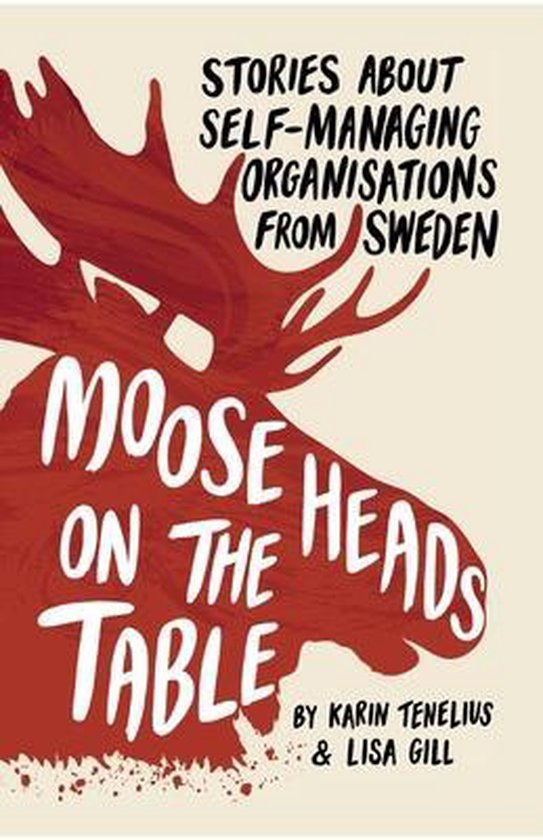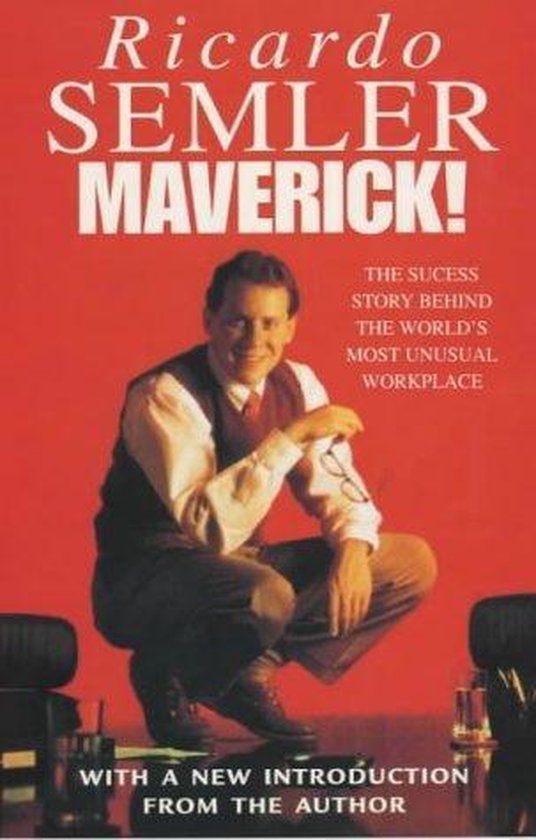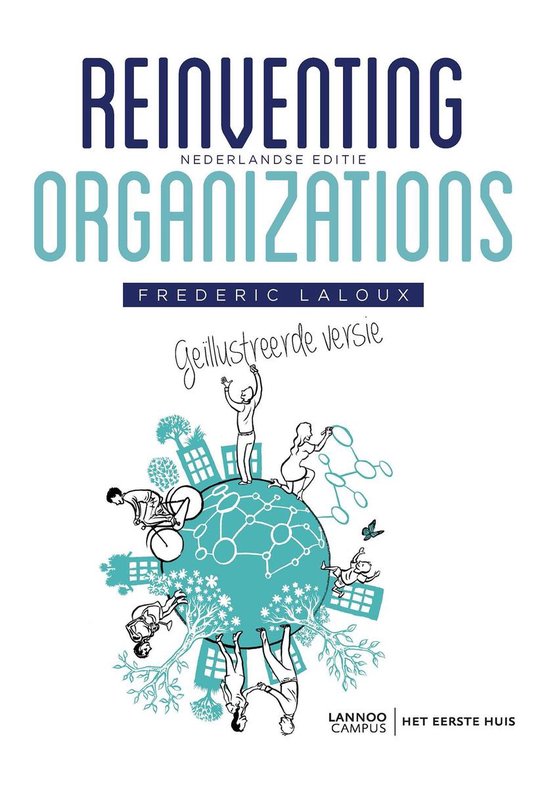
If you want to make the transformation to a self-managing organization the book Moose heads on the table – Stories about self-managing organisations from Sweden by Karin Tenelius and Lisa Gill is a good starting point.
This book gives you insights, stories, lessons learnt from six different small Swedish companies who transformed towards self-managing companies.
In the first three stories Karin, one of the authors, was acting as a consultant or interim CEO, the last story is about their own training company and in the other two case studies they bought the companies and gave away the authority.
For those who are not familiar with the Swedish culture a short explanation about the title. A ‘moose head on the table’ is what we call the ‘elephant in the room’. A metaphor for an issue that’s becomes infected in the team (unresolved from the past, relationship dynamics or an individual or individuals’ way of being).
In the first case study we see Freys Hotel and a manager who wants to give the employees a sort of energy injection. Self-management brings the surprise boost. What does it mean to coach the owner to be a more empowering leader and step back, and on the other hand to coach the employees to step into their new authority?
In the second case we follow Komanco. A company in crisis with chronic losses and after the transformation a company with big wins.
In the next case regarding Excosoft we see a spiral of profit and loss. It’s possible to get great results withing a short time span with self-management but also how quickly this way of working can be undone when a new CEO takes over if they aren’t a coaching, empowering leader.
In the case about Elisabethgården we see what it means to create a climate of openness and new-found autonomy.
In the case about Mötesbokarna we follow a very old-fashioned call center making the transition. The big challenges in this case were the working climate and the business model. At the end the business was shut down.
The last case is about the authors’ own company Tuff Leadership Training. This company was created from scratch as a self-managing organization.
Throughout the text you get pop-out boxes giving some theory behind the used approaches.
You get an explanation of the three pillars for developing an effective self-managing team or organization:
- a coaching mindset and way of being: relating to people’s potential, placing responsibility with the group, clarifying and distinguishing, being able to be with it, and not having your own (active) agenda.
- a focus on working climate: 1) ask for the mandate, 2) describe the current working climate and identify the desired working climate, 3) distinguish, clarify and listen, 4) coach the group to become constructive.
- a culture of mandate and involvement. Use cooperation coaching process: 1) clearly state the purpose of the activity, 2) distinguish how it will be and what they’re ‘signing up to’, 3) give the group the opportunity to ask clarifying questions, 4) give them the opportunity to choose.
This means moving from a parent-child to adult-adult dynamic, from a manager or leader being responsible, to the team being responsible and to be able to talk about what’s underneath the surface (feelings, emotions, ways of being, mindsets) and to tackle these things first before addressing surface or operational issues.
Besides the three pillars you get five useful insights you can use:
- Concordance decision making: in order to reach a concordant decision in a group, you need to create a safe space for people to express their feelings and develop adult to adult communication.
- The gold in listening: practicing your ability to listen is the most important task for a coaching leader, and a crucial part of being an effective team member in a self-managing organization.
- Transparency and self-set salaries: an individual without information can’t take responsibility. An individual with information can’t help but take responsibility.
- Accountability culture – a mindset shift from power over to power with and a skillset upgrade: fostering a culture of both high psychological safety and high motivation and accountability is key to an effective team.
- Core quality quadrant (quality – pitfall – challenge – allergy). To help people ’turn reactivity into creativity.
Conclusion. The book is easy to read and shows what it means to coach management and/or coach the team to become a self-managing organization. The three pillars and five insights are definitely helpful in your own journey. The focus is mindset, leadership and culture. Are you looking for practices, structures and processes, you have to look for different sources.
To order Moose heads on the table: bol.com, Amazon
Additional reading


















Pingback: Overview of my year 2020 book reviews | Henny Portman's Blog